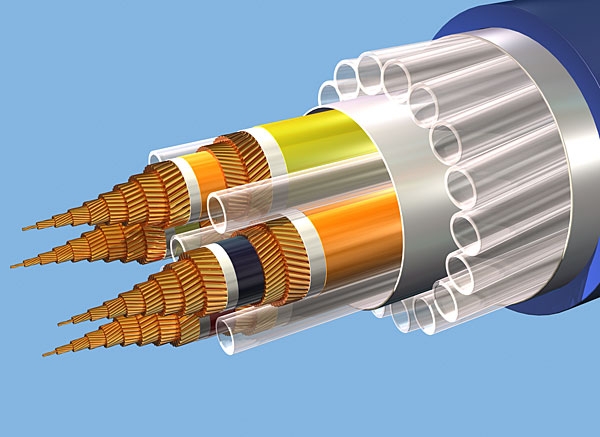| Columns Retired Columns & Blogs |
Quote: “But those are just hi-fi traits (ambient detail and black background). The (product) accomplished something I feel is more important: It gave consistently clear structure to the sounds it reproduced, emphasizing the interconnectedness of harmonic forms. This, in turn, made the music feel whole and easy to connect with.”
I find this musically insightful observation - how and why, and as a supreme quality, a product in review conveys play of music well - to be one of the most significant in audiophile journalism, I've read in recent years.
Thank you very much, Herb.









































